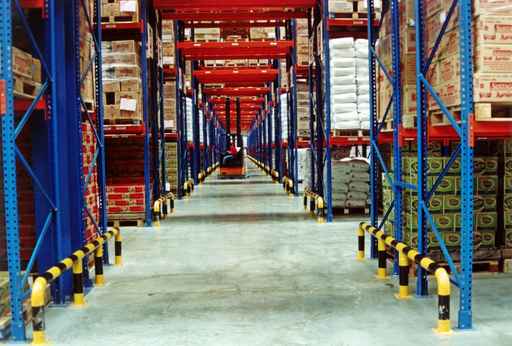What is RFID?
RFID stands for Radio-Frequency
IDentification. The acronym refers to small electronic devices that consist
of a small chip and an antenna. The chip typically is capable of carrying 2,000
bytes of data or less.
The RFID device serves the same
purpose as a bar code or a magnetic strip on the back of a credit card or ATM
card; it provides a unique identifier for that object. And, just as a bar code
or magnetic strip must be scanned to get the information, the RFID device must
be scanned to retrieve the identifying information.
RFID Works Better Than Barcodes
A significant advantage of RFID
devices over the others mentioned above is that the RFID device does not need
to be positioned precisely relative to the scanner. We're all familiar with the
difficulty that store checkout clerks sometimes have in making sure that a
barcode can be read. And obviously, credit cards and ATM cards must be swiped
through a special reader.
In contrast, RFID devices will work
within a few feet (up to 20 feet for high-frequency devices) of the scanner.
For example, you could just put all of your groceries or purchases in a bag,
and set the bag on the scanner. It would be able to query all of the RFID
devices and total your purchase immediately.
RFID technology has been available for
more than fifty years. It has only been recently that the ability to
manufacture the RFID devices has fallen to the point where they can be used as
a "throwaway" inventory or control device.
One reason that it has taken so long
for RFID to come into common use is the lack of standards in the industry. Most
companies invested in RFID technology only use the tags to track items within
their control, many of the benefits of RFID come when items are tracked from
company to company or from country to country. But the company must invest more
to use this technology.
The use of RFID in Logistics.
Asset Tracking
There are many RFID manufacturers in
the world. One of them is HID Global, a leader in track-and-trace capabilities,
produces advanced RFID tags and components essential to optimizing automated
asset tracking and logistics systems. RFID help ensure seamless traceability
and reduce losses, while enhancing stock management and processing speed.
Passive contactless RFID tags improve data collection speed and accuracy,
making tracking more cost-effective while increasing accuracy. RFID also offers
low frequency, high frequency and with a broad selection of form factors, chip
configurations and memory capacities.
Assisting Warehouse Operation
In order to improve
productivity and control, warehouses are seriously considering the use of radio
frequency identification (FRID) tags for day-to-day operations. This wireless
technology increases efficiency of warehouse management because, unlike bar
codes which must be scanned manually to feed in the information on the
computers, RF tags broadcast a signal with information about the product they
are attached to and about the location of the product in the warehouse. RFID
technology provides an interesting option to complement data collection and
product identification in the supply chain management and warehouse operation.
A wireless
warehouse, that uses RFID Technology, works by linking warehouse workers to the
back-end warehouse management application server where warehouse activities are
being recorded via wireless handheld devices, scanning bar codes or RF tags
attached to the pallets. These devices help employees to identify where to
pick, put away, count, or move products within the plant. This translates to a
better control over the movement and storage of materials within the warehouse
by maximizing the efficiency of the receipt and shipment of goods, optimizing
warehouse space utilization and knowing at all times exactly where goods are
stored, allowing employees to improve and maintain high customer service levels.









.jpg)













.jpg)




